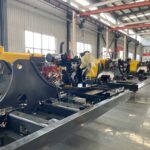Perkenalan
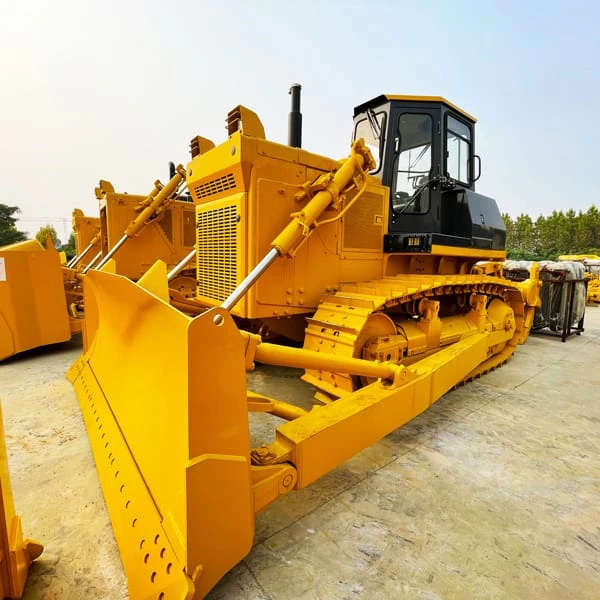
When it comes to compact construction equipment, both mini dozers and compact excavators offer versatility and efficiency for various job sites. In this blog post, we’ll compare these two types of machinery to help you determine which is the right choice for your specific job requirements.
Overview of Mini Dozers
Mini dozers, often referred to as compact bulldozers, are highly versatile machines that pack a punch despite their small size. Designed with efficiency in mind, these compact bulldozers are adept at performing a range of tasks essential to construction projects. Their compact design makes them particularly suitable for maneuvering in tight spaces and navigating uneven terrain with ease.
Equipped with tracks instead of wheels, mini dozers offer enhanced stability and traction, allowing them to tackle various ground conditions without compromising performance. The tracks distribute the weight of the machine evenly, minimizing ground pressure and reducing the risk of soil compaction—a crucial consideration in landscaping and earthmoving projects where preserving soil structure is paramount.
At the forefront of their capabilities is the blade, a defining feature of mini dozers that enables them to excel in grading, leveling, and pushing materials. Whether it’s clearing debris, spreading gravel, or shaping terrain, the blade of a mini dozer provides precision and control, allowing operators to achieve desired results efficiently.
In landscaping applications, mini dozers shine as they effortlessly sculpt the terrain, create contours, and prepare surfaces for further embellishment. From establishing the foundation for a garden pathway to shaping berms and embankments, these compact bulldozers offer unmatched versatility and maneuverability, making them indispensable tools for landscaping professionals.
Moreover, mini dozers play a crucial role in site preparation, where they facilitate the clearing of land, removal of obstacles, and rough grading of surfaces in readiness for construction activities. Their ability to navigate confined spaces and negotiate obstacles with ease makes them invaluable assets in the early stages of construction projects, laying the groundwork for subsequent phases.
Overview of Compact Excavators
Compact excavators stand out as versatile machines equipped with essential features tailored for a variety of construction tasks. Their defining components include a digging bucket and a hydraulic arm, which together enable them to perform a wide range of functions, from excavation and trenching to material handling tasks with precision and efficiency.
Equipped with a digging bucket, compact excavators are adept at digging trenches of various depths and widths, making them indispensable for utility installations, drainage projects, and underground infrastructure work. Their ability to precisely excavate trenches ensures that pipelines, cables, and conduits are laid with accuracy, minimizing the risk of damage and facilitating efficient installation processes.
In addition to trenching, compact excavators excel in excavating foundations for buildings, structures, and landscaping features. Their hydraulic arm provides the necessary reach and flexibility to excavate holes of different shapes and sizes, allowing for the precise preparation of foundation pits and footings. This capability is essential in construction projects where accuracy and adherence to architectural plans are paramount.
Compact excavators also shine in performing precise digging operations in confined spaces, where larger machinery may struggle to access or maneuver effectively. Their compact size and articulating hydraulic arm enable them to navigate tight quarters with ease, making them invaluable assets in urban construction sites, interior renovations, and landscaping projects with limited space constraints.
Performance Comparison
| Feature | Mini Dozer | Compact Excavator |
|---|---|---|
| Mobility | Tracks for stability and maneuverability | Wheels or tracks for maneuverability |
| Keserbagunaan | Limited to pushing and grading tasks | Versatile, with various attachments available |
| Digging Capabilities | Not designed for digging | Excels in digging and trenching tasks |
| Blade vs. Bucket | Equipped with a blade for pushing tasks | Equipped with a digging bucket and hydraulic arm |
| Precision | Less precise for detailed digging operations | Offers precise control for intricate tasks |
Job Application Considerations
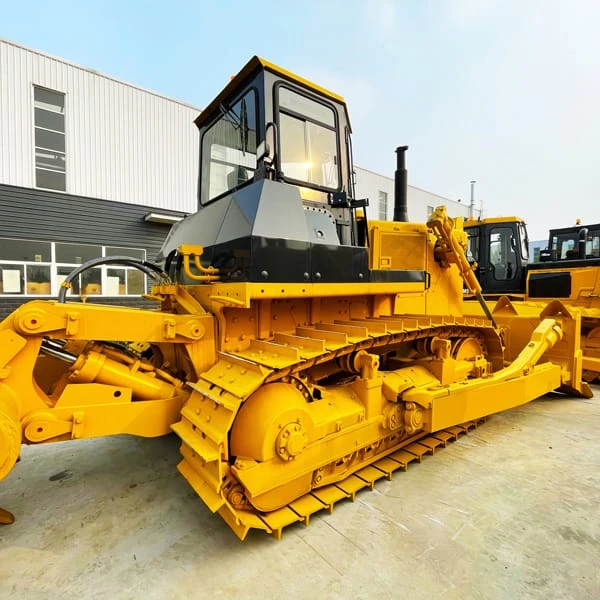
Landscaping Projects: Mini dozers are well-suited for grading and leveling tasks in landscaping projects, while compact excavators excel in tasks such as digging ponds or installing retaining walls.
Site Preparation: Mini dozers are efficient for clearing and leveling small to medium-sized construction sites, while compact excavators are ideal for digging trenches and excavating foundations.
Earthmoving: For bulk earthmoving tasks, such as moving large volumes of soil, a mini dozer may be more suitable due to its pushing capabilities.
Kesimpulan
In conclusion, the choice between a mini dozer and a compact excavator depends on the specific requirements of your job. Mini dozers are best suited for tasks that involve pushing, grading, and leveling, while compact excavators excel in digging, trenching, and material handling tasks. Consider factors such as the type of work, site conditions, and required attachments when making your decision.
Pertanyaan Umum
Can mini dozers be used for precision digging tasks?
No, mini dozers are primarily designed for pushing, grading, and leveling tasks and are not suitable for precision digging operations. Compact excavators are better suited for tasks requiring precise digging capabilities.
Are compact excavators suitable for grading and leveling tasks?
While compact excavators can perform light grading and leveling tasks, they are not as efficient or precise as mini dozers for these purposes. Mini dozers with blades are specifically designed for grading and leveling terrain.
Can mini dozers and compact excavators be used interchangeably on construction sites?
It depends on the specific tasks and requirements of the construction site. While both machines have overlapping capabilities, they excel in different areas. Mini dozers are better suited for pushing and grading tasks, while compact excavators are ideal for excavation and material handling tasks.
What factors should I consider when choosing between a mini dozer and a compact excavator?
Factors to consider include the type of tasks to be performed, the size and terrain of the job site, access restrictions, and the availability of attachments. Evaluating these factors will help determine which machine is better suited for the job.
Can attachments be used with both mini dozers and compact excavators?
Yes, both mini dozers and compact excavators can be equipped with a variety of attachments to enhance their capabilities. However, the compatibility of attachments may vary depending on the make and model of the machine. It’s essential to verify compatibility before using attachments.

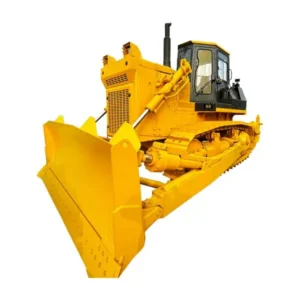
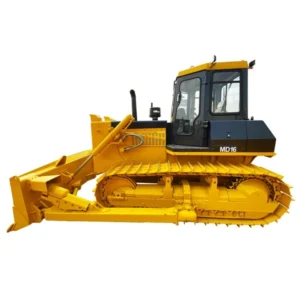





-150x150.webp)
